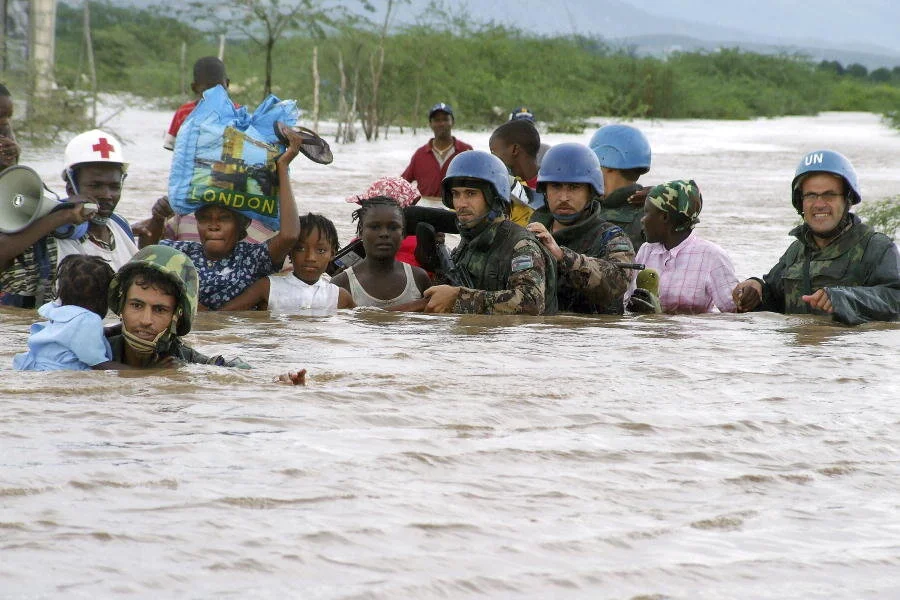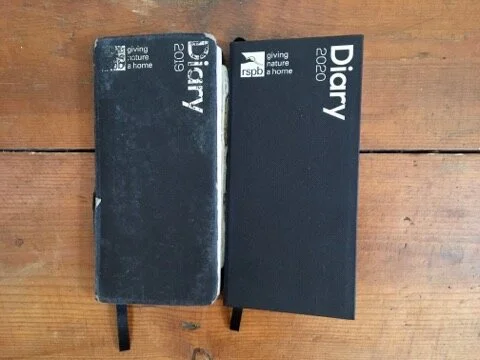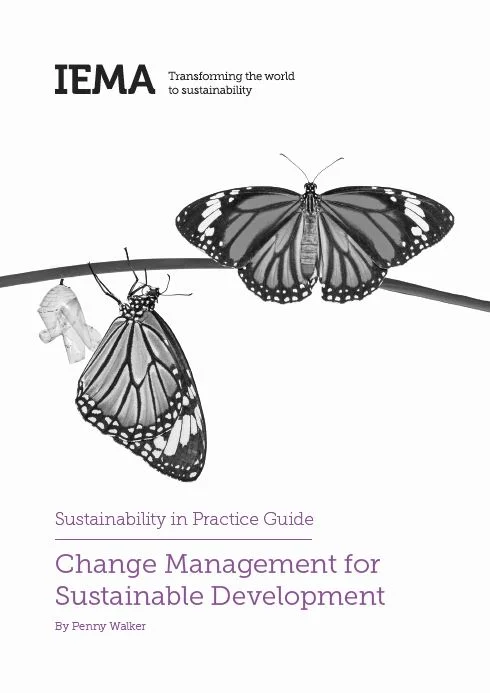I've been doing some more one-to-one facilitation training this autumn, with someone who is a natural. It's been a real pleasure from my perspective, as most of what I've been suggesting has been practically useful and made sense to the person I've been working with. Which is always nice!
The four sessions we had were spaced out so that three came before the crucial event which was the focus of the training, and one came after.
In the first session, we mostly worked on crafting really helpful aims for the workshop: making them crystal clear and (where this made sense) empty of content. What do I mean by that? For example, changing "agree to set up a working group on X" to "agree what action, if any, to take on X".
In the second session, we worked on design: which tools, techniques or bits of process would best help the group meet the aims.
And the third session was where it got real: going through the draft design and running little thought experiments. What if someone doesn't like this bit of process? What if people can't easily divide themselves into the two groups the process depends on? What if the round of introductions overruns? It became clear in this session that the trainee had a lot of fears about things "going wrong" in the workshop. I chose to make these fears the agenda for our session.
focus on fear?
I realise that I have an important relationship with fear. It's the emotion that butts its way in and uses up my energy. I know that a lot of people have this too. And a lot of people don't. So when I'm coaching, it's important that I notice when I feel afraid and consider whether it's my own fear, or something from my client that I'm picking up. And I know that many coaches would rather choose to work with the pull (enthusiasm, dreams, hopes, visions) than the push (what you want to avoid). I try to avoid focusing on the negative, but in this session fear seemed so clearly to set the agenda! I decided that to ignore the fears would be stubborn and unsuccessful.
What are you afraid of?
So we listed the fears on a flip chart, and then categorised them into three broad types: things that could be managed through preparation (e.g. design tweaks, process alternatives, 'things to come back to' flips, prepping a friendly participant to model brief intros); things that could be responded to 'in the moment' with body language and words that the trainee could practice in advance (e.g. interventions to respectfully request the conversation moves on); and things that might happen but would be fine.
In my mind, this third category had echoes of Nancy Kline's possible fact assumptions: to which the response from the coach or thinking partner is "That's possible. But what are you assuming that makes that stop you?" (For more on this, see Kline's classic Time to Think.)
And that would be fine
So the trainee's feared scenarios might come to pass: the group might decide at the start of the day that they wanted to add in a new chunky agenda item. And that would be fine.
The always-negative-person might complain and grouch. And that would be fine.
My trainee might be at a loss to know what to do at some point in the day. And that would be fine.
This part of the session was all about taking away the fear of these possibilities, and replacing it with curiosity, confidence or some other more positive emotion. Coupling that less fearful mindset with thinking through what she might do equipped her to be the great facilitator she turned out to be on the day itself.








